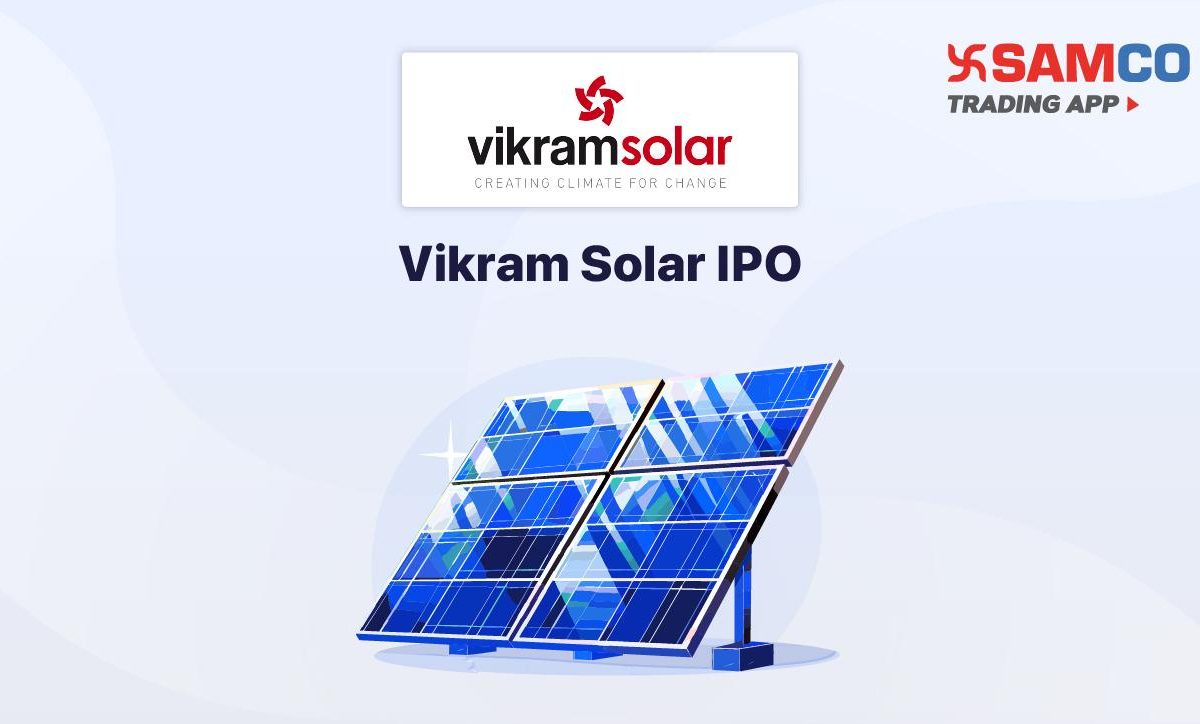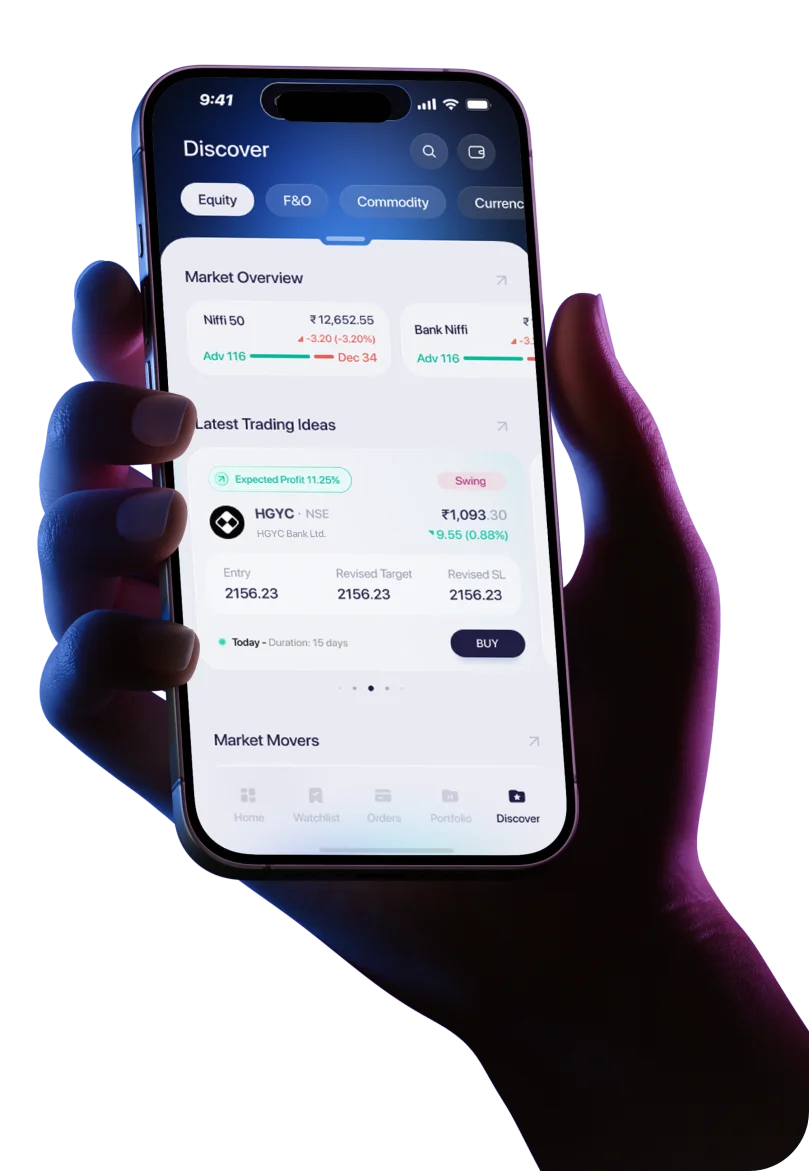Introduction:
As of March 31, 2025, it is one of India’s largest solar photo-voltaic (“PV”) modules manufacturers in terms of operational capacity, with more than 17 years of experience in the industry. With 4.50 GW of installed manufacturing capacity for solar PV modules as on the date of this Red Herring Prospectus, it is one of the largest pure play module manufacturers in India and its enlisted capacity as per Ministry of New & Renewable Energy’s Approved List of Modules and Manufacturers (“ALMM”) is 2.85 GW as of June 30, 2025.Its existing manufacturing facilities are strategically located at Falta SEZ in Kolkata, West Bengal and Oragadam in Chennai, Tamil Nadu, with access to ports, rail and roads, helping it to facilitate both its domestic as well as international operations.
To meet growing demand, it is currently undertaking significant greenfield and brownfield expansion plans, which are expected to increase its installed solar PV module manufacturing capacity to up to 15.50 GW by Fiscal 2026 and up to 20.50 GW by Fiscal 2027. Furthermore, it is strategically backward integrating into the solar value chain by establishing a solar cell manufacturing facility with two units, 3.00 GW and 9.00 GW, in Gangaikondan, Tamil Nadu by Fiscal 2027. It also aim to start with a greenfield project for battery energy storage system (“BESS”) with an initial capacity of 1.00 GWh in Tamil Nadu which is expandable to 5.00 GWh in Fiscal 2027, representing a strategic diversification to capitalize on the growing demand for BESS along with positioning the Company as a leader in energy generation and storage, and thereby adding to its revenues and profitability.
Its portfolio of solar energy products consists of the following high-efficiency solar PV modules: (i) p-type monocrystalline silicon based Passivated Emitter and Rear Contact (“PERC”) modules; (ii) N-Type monocrystalline silicon (“N-Type”) modules; and (iii) n-type monocrystalline silicon based heterojunction technology (“HJT”) modules.
Its key domestic customers include prominent government entities, such as National Thermal Power Corporation, Neyveli Lignite Corporation Limited and Gujarat Industries Power Company Limited, and large private independent power producers (“IPPs”), such as ACME Cleantech Solutions Pvt. Ltd., Adani Green Energy Limited, AMPIN Energy Transition Private Limited, Azure Power India Private Limited, JSW Energy Limited, First Energy 7 Private Limited and Rays Power Infra Private Limited, among others.
Separately from its solar PV module sales, it has also established a sustainable EPC and O&M business division, which are aimed at providing forward integrated full life-cycle services to its customers. It has more than a decade of experience in executing EPC projects for solar plants and have more than 200 projects which have been executed or are under execution with an aggregate capacity reaching to 1.41 GW, as of March 31, 2025. Meanwhile, it provides O&M services primarily for its executed EPC projects as bundled value-add services, which is taken up by a majority of its EPC projects. However, in contrast to solar PV module sales, EPC and O&M services will not be the focus of its business and operations going forward.
IPO Details:
IPO Date | 19th August 2025 to 21th August 2025 |
Face Value | ₹ 10/- per share |
Price Band | ₹ 315 to ₹ 332 per share |
Lot Size | 45 shares and in multiples thereof |
Issue Size | ₹ 2,079.37 crores |
Fresh Issue | ₹ 1,500 crores |
OFS | ₹ 579.37 crores |
Expected Post Issue Market Cap (At upper price band) | ₹ 12,009.01 crores |
Objectives of Issue:
- Partial funding of capital expenditure for the Phase-I Project
- Funding of capital expenditure for the Phase-II Project
- General Corporate Purposes
Key Strengths:
- Strong Presence in Domestic and International Market- It has an extensive presence in the domestic market having pan-India presence in 19 states and two union territories, through an extensive distributor network which grew from 41 authorised distributors as on September 30, 2024 to 83 authorized distributors as on the date of this Red Herring Prospectus and 64 dealers as on September 30, 2024 to more than 250 dealers as on the date of this Red Herring Prospectus. Its distribution team is designed to increase its footprint in the Western, Northern and Southern regions of India that have higher solar demand. Both of its manufacturing facilities are also located within 60 km of ports, which provides the benefits of lower costs in transporting imported raw materials to its facilities and finished goods, faster supply chain as it is quicker to import raw materials and export finished goods, and easier access to international markets. It has supplied solar PV modules to customers in 39 countries, as of March 31, 2025. Since its inception up to March 31, 2025, it has shipped over 7.12 GW of solar PV modules globally (including India) and over the last three Fiscals, it has shipped 3.37 GW of solar PV modules globally (including India, with United States accounting for 587.88 MW, being the current growth prospect), where 1,900.03 MW came from Fiscal 2025. Its solar PV modules are used for projects in various countries such as the United States, Canada, Belgium, Germany, United Kingdom, Greece, Nepal and UAE
- Growing Order Book - The company has built its Order Book through expanded manufacturing capacities and higher capacity utilisation on account of higher wattage products developed by it. Through the Order Book, it aims to achieve higher customer diversification across type including utility scale projects with government entities, utilities and IPPS, C&I segment, residential rooftop segment through its authorised distributor network and geographies. As of March 31, 2025, it has an Order Book of 10,340.82 MW (which is 2.30 times of its total rated capacity as of Fiscal 2025), of which 6,424.93 MW comprise projects/operations which are already under execution and 3,915.89 MW comprise projects which are yet to be executed. In CY 2024, the Company has won marquee orders to supply modules to large projects such as the 326.00 MW project developed by GIPCL Limited for the Khavda Renewable Energy Park—a project in the Great Rann of Kutch, Gujarat, 397.70 MW project developed by NTPC Renewable Energy Limited in Gujarat, 393.90 MW project developed by NLC India Limited in Gujarat and 251.25 MW developed by GIPCL in Gujarat Hybrid Renewable Energy Park in Kutch, Gujarat. In addition, it has 200MW+ orders from each AMPIN Energy and Sterling and Wilson in CY 2024. In CY 2024, it has also won a 1,000 MWp order for supply of high-efficiency solar PV modules, a 112.73 MW solar module order for multiple project sites in Tamil Nadu and Uttar Pradesh. It has also received an order from Adani Green Energy Limited in March 2025 as well.
Risks:
- Significant Dependence on Top Customers- The company derive a significant portion of its revenue from its top five customers and top ten customers. As of Fiscal 2025, 77.50% and 88.72% of its revenue from operations is derived from its top five customers and top ten customers, respectively, and thus its revenue from operations is highly dependent upon a limited number of customers. Any adverse changes affecting its customers or its relationship with such customers could have an adverse effect on its financial performance and result of operations.
- Changes in the price of wafers, solar photovoltaic cells and other raw materials due to changes in demand or other factors could adversely affect its cost of materials - In order to manufacture solar PV modules, it requires multiple raw materials and components, primarily solar PV cells. The cost of solar PV cell constitutes a significant portion of its total manufacturing cost, and the price of solar PV cells is based on the price of wafers, the price of which can be volatile and unpredictable. Furthermore, although solar PV cells were also down 76.00% over December 2022 levels, reaching $0.036 per Wp in March 2025 (Source: CRISIL Report), there can be no assurance that the price of solar PV cells will further fall or will not increase in the future or that it will be able to pass on such increases to its customers.The prices of its raw materials fluctuate based on numerous factors, including general economic conditions, competition, commodity market fluctuations, the quality and availability of supply, currency fluctuations, consumer demand, manufacturing capacity, transportation costs, import duties and government policies and regulations For instance, the GoI had imposed a Basic Custom Duty (“BCD”) of 27.50% (including surcharge) on solar cell import from April 1, 2022, and there can be no assurance that there will be no change in BCD rates or that there will be no additional tariff introduced.Any increase in duties on export of wafers or cells by China or any disruption in the supply of wafers or cells from China could result in an increase in the cost of materials consumed, thereby adversely affecting its results of operations and cash flows
- Import Restrictions - As of Fiscal 2025, Fiscal 2024 and Fiscal 2023, 80.68%, 61.42%, and 57.47%, respectively, of its cost of imported raw materials is from China, East Asian and South East Asian countries.Any restrictions, either from the central or state/provincial governments or from any other authorized bilateral or multilateral organizations, including any export duties or export restriction by the exporting country, on imports of solar raw materials may adversely affect its business, results of operations, cash flows and prospects.
- Extensive Exports to USA- The company exports, which as of Fiscal 2025, Fiscal 2024 and Fiscal 2023 represented 1.00%, 61.58%, and 21.63%, respectively, of its total revenue, may be dependent on the policies passed by the governments of importing countries, in particular, the United States, since in Fiscal 2025, Fiscal 2024 and Fiscal 2023, 96.60%, 99.22%, and 83.80%, respectively, of its total export sales is derived from the United States. Any unfavourable change in policies including any imposition of additional duties, pre-conditions or prohibitions imposed by the United States may adversely affect its business, results of operations, and prospects.
Financial Snapshot:
Particulars | FY ended 31/3/25 | Fy ended 31/3/24 | Fy ended 31/3/23 |
Revenue ((in ₹ million) | 34,235 | 25,110 | 20,732 |
Growth | 36.34% | 21.11% |
|
EBITDA (in ₹ million) | 4,920 | 3,986 | 1,862 |
Growth | 23.44% | 114.08% |
|
Net Profit ((in ₹ million) | 1,398 | 797 | 145 |
Growth | 75.41% | 450.12% |
|
EBITDA Margins | 14.37% | 15.87% | 8.98% |
PAT Margins | 4.08% | 3.17% | 0.70% |
Interest Coverage Ratio | 2.40 | 1.69 | 1.15 |
Debt to Equity | 0.19 | 1.81 | 2.02 |
ROCE | 24.49% | 20.76% | 12.78% |
ROE | 16.57% | 19.67% | 4.05% |
KPI comparison with Industry Peers
Particulars | Vikram Solar | Industry Average |
Revenue Growth | 29% | 211% |
3 Years Average EBITDA margins | 13.08% | 3.10% |
3 Years Average PAT Margins | 2.65% | -58.48% |
3 Years Average Interest Coverage Ratio | 1.75 | 3.10 |
ROCE | 19% | 21% |
ROE | 13% | 13% |
Net Debt to Equity | 1.34 | 0.72 |
P/E Ratio | 72.02 | 44.28 |
Conclusion
The sector in which the company operates is highly promising, driven by the government’s strong focus on solar energy. Additionally, the company’s planned entry into Battery Energy Storage Systems (BESS) offers exciting growth prospects for the future.
However, from a financial perspective, the company’s revenue growth lags behind the industry average. Its EBITDA and PAT margins are also lower compared to peers (excluding outliers). While the debt-to-equity ratio is in line with industry levels, the interest coverage ratio remains below the industry average. Furthermore, the company’s ROE and ROCE are also weaker than industry peers and decline further when outliers are excluded.
On the valuation front, the industry average P/E multiple stands at 44, whereas the company is valued at 72 times earnings, indicating that it is relatively overpriced. Considering these factors, we believe the company should be subscribed only for potential listing gains, rather than long-term investment at this stage.




 Easy & quick
Easy & quick
Leave A Comment?